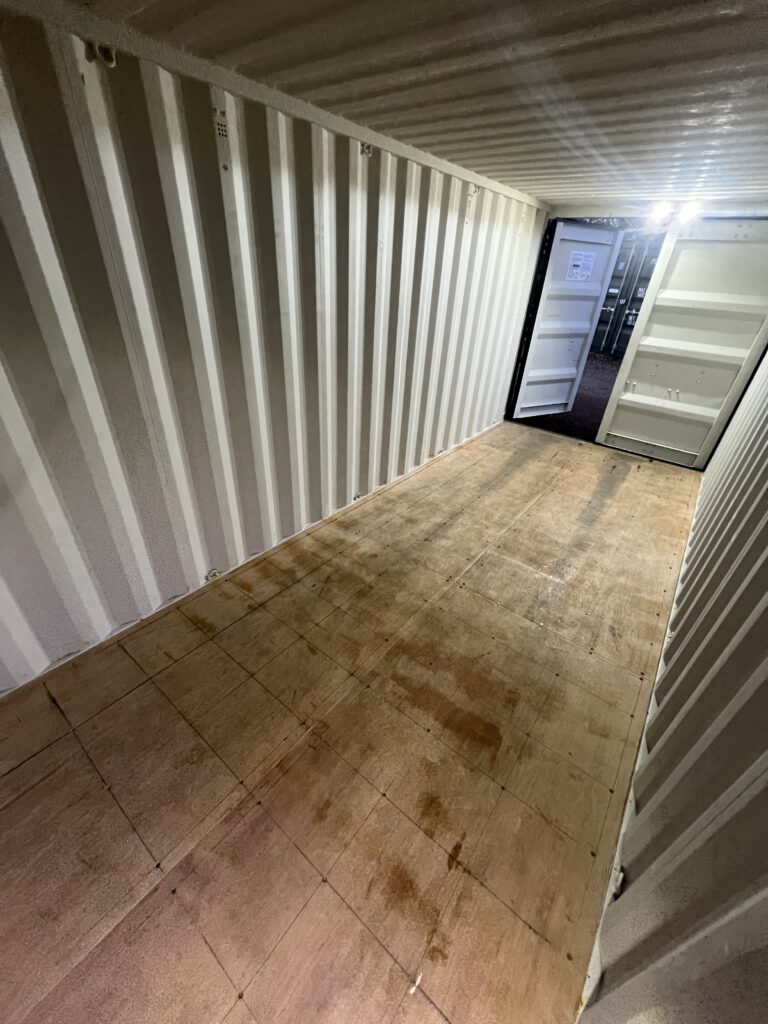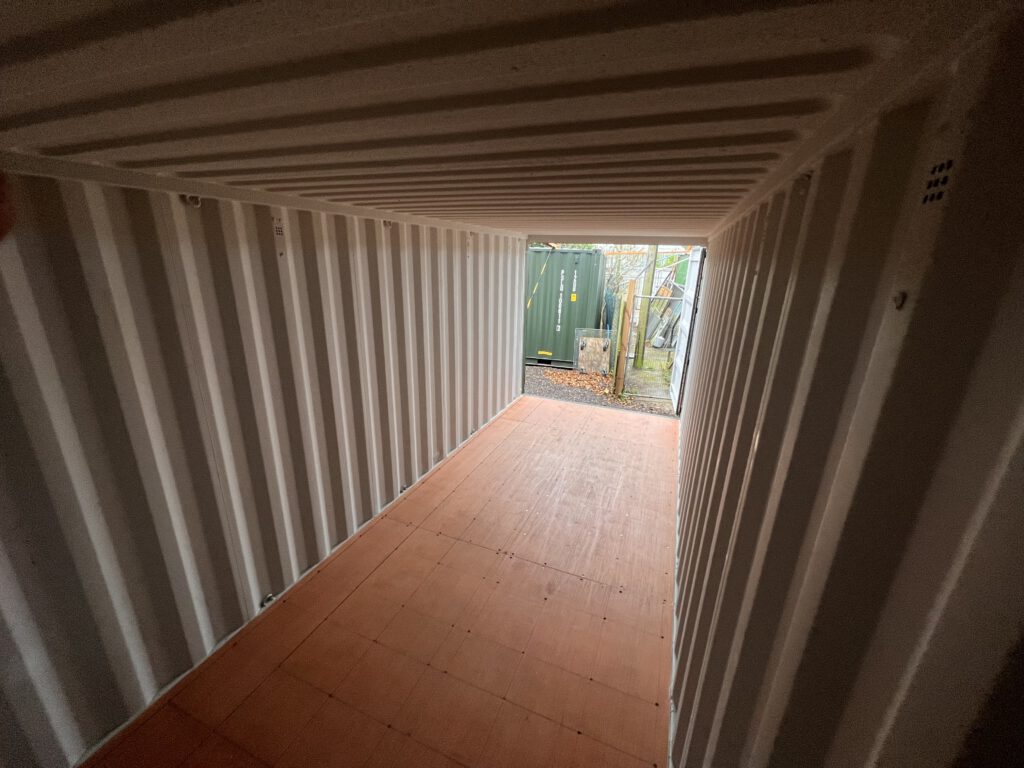
How much height and space is needed to offload a shipping container on my property?
A Hiab truck with a 20 ft shipping container on the back is about 4.2 meters high. When ...
Read moreNeed help? Call us

A Hiab truck with a 20 ft shipping container on the back is about 4.2 meters high. When ...
Read more
Moving home can be a stressful process, but with careful planning, it can be a ...
Read more